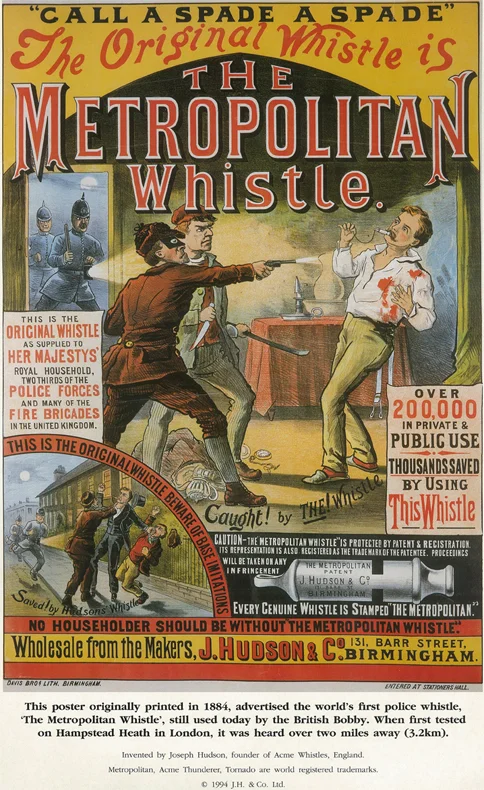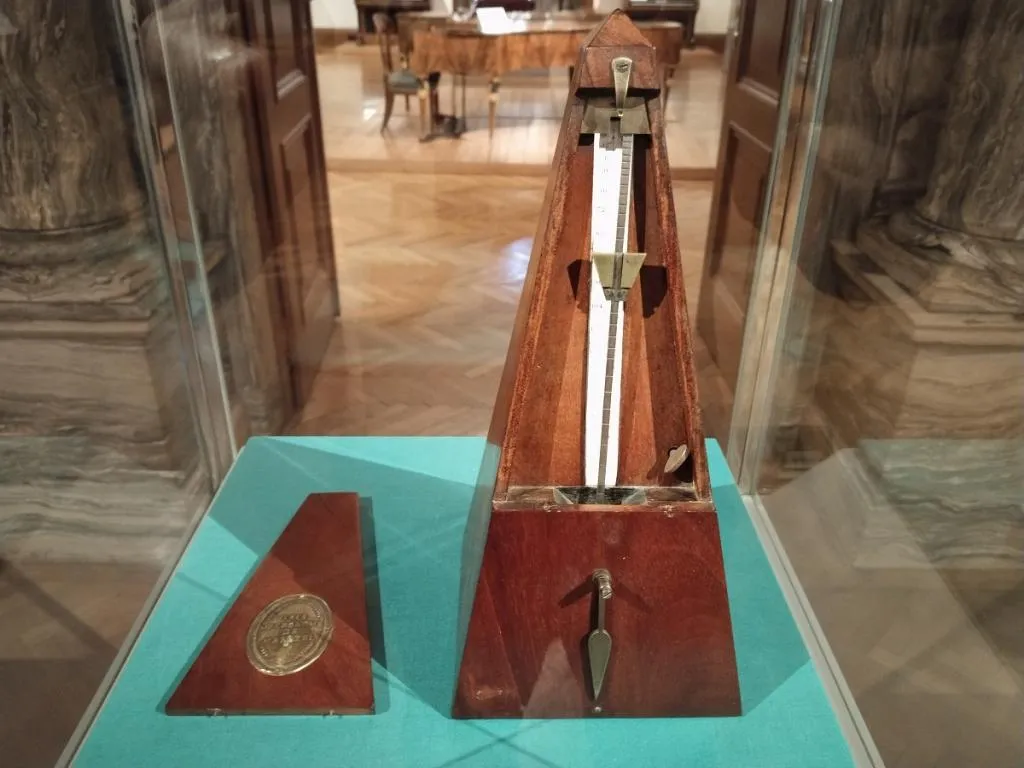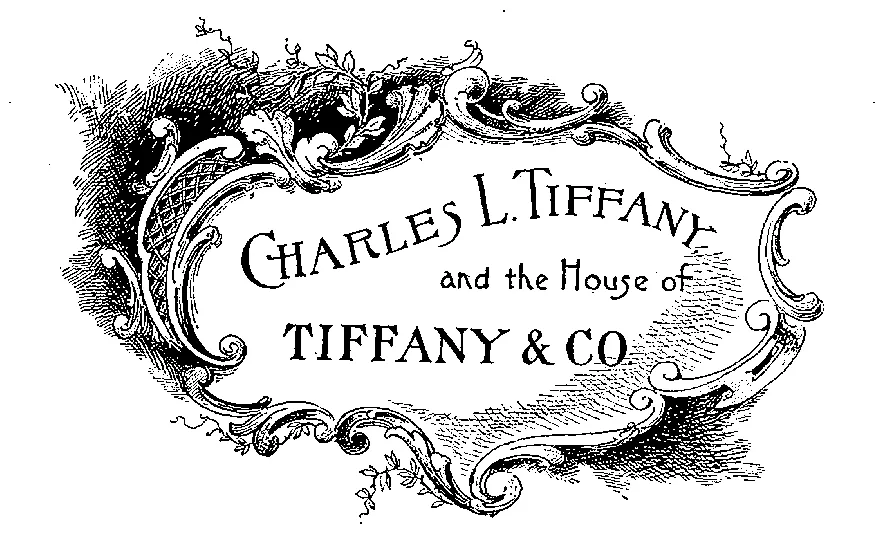The Story of Louis V. Aronson and the Ronson Lighter
Discover how one American inventor sparked a revolution in flame technology, from matches to the world-famous Ronson lighter.
This article explores the life of Louis V. Aronson, from his early match innovations and the founding of Art Metal Works, to the invention of the one-motion Ronson lighter, its wartime significance, mid-century style, and lasting value in today’s collectibles market.

Source: Life Magazine, May 1948, Google Books
Table of Contents
Who Was Louis Vincent Aronson?The Invention of the Non-Toxic MatchThe Birth of the Ronson BrandThe World’s First One-Motion LighterRonson During Wartime and American CultureMid-Century Modern RonsonsHow One Man’s Spark Ignited a Cultural IconWho Was Louis Vincent Aronson?
Louis Vincent Aronson was a man of flame and foresight. Born in 1869 in New York City, he came of age during an era hungry for invention. A gifted mind with a fascination for metallurgy, Aronson trained at the Cooper Union for the Advancement of Science and Art. By his early twenties, he had already patented several metal alloys — a remarkable feat in an age when innovation meant progress.

Source: Wikipedia
But Louis Aronson wasn’t content with tinkering in theory. He wanted to make things. Practical things. Beautiful things. Things people would use every day — and never forget. So, in 1897, he founded The Art Metal Works in Newark, New Jersey. What began as a decorative metalware company would eventually ignite one of the most enduring legacies in American design.
The Invention of the Non-Toxic Match
One of his most socially impactful inventions was the non-toxic match. At the time, traditional matches used white phosphorus, a highly poisonous substance that caused a gruesome condition known as “phossy jaw” among factory workers. Aronson’s safer match formula helped revolutionize the industry and earned him public accolades, including a gold medal at the 1904 St. Louis World’s Fair.

Source: Google Patents
This was just the beginning. Over the years, Aronson filed over 200 patents — for everything from electroplating processes to ornamental desk items. But one particular category was about to change his legacy forever: automatic ignition devices.
The Birth of the Ronson Brand
The Art Metal Works had built a reputation for crafting luxurious yet functional items — bookends, inkwells, and elegant table lighters. By the 1910s, Aronson had already begun experimenting with automatic lighting devices. The company’s early lighters were ornate and complex — more art than everyday tool. But they hinted at a bigger vision.

Source: Life Magazine, September 1950, Google Books
In 1923, the company trademarked the name "Ronson", a shortened version of Aronson’s surname. The brand would soon come to represent the perfect marriage of American engineering and design sophistication. Under the Ronson label, the humble lighter was about to get its makeover.
The World’s First One-Motion Lighter
In 1926, Ronson released the “Banjo” lighter, named for its flat, rounded shape. What made it revolutionary was the one-motion ignition system: a simple press of the lever both struck the spark and released the fuel. No need to open a cap or strike a wheel separately. It was the first commercially successful lighter of its kind.

Source: Google Patents
Its marketing slogan — “Press it… it lights!” — was simple, memorable, and absolutely true. The Banjo lighter wasn’t just a tool. It was an experience. Smooth, immediate, and cool to the touch. A small act of luxury in the palm of your hand.
Ronson During Wartime and American Culture

Source: Life Magazine, November 1952, Google Books
During World War II, Ronson did more than light cigarettes. It lit hope. Ronson lighters were issued to American soldiers and became treasured items in barracks, trenches, and foxholes. Their reliability and solid construction made them dependable companions. Some were even engraved with soldiers' names or units — personal mementos from a time of uncertainty.
Back home, Ronson stood as a symbol of American manufacturing strength. After the war, the brand soared. Lighters were no longer just functional items — they were status symbols. Ideal for gifting. Essential for a night out. And always within reach of the nearest cocktail tray.
Mid-Century Modern Ronsons
The 1950s and 60s were peak years for Ronson. During this era, models like the Whirlwind, Crown, and Varaflame featured sleek designs and modern finishes that matched the aesthetics of the mid-century home and automobile. The Varaflame, introduced in the early 1950s, used butane instead of naphtha and featured an adjustable flame — a new innovation that many brands later adopted.

Source: Life Magazine, November 1948, Google Books
Ronson’s focus on combining style with performance made its lighters popular as gifts, collectibles, and executive accessories. Some models were mounted into automobile dashboards, while others were sold in velvet-lined boxes alongside cigarette cases or ashtrays.
How One Man’s Spark Ignited a Cultural Icon
Louis V. Aronson’s lifelong pursuit of safe and effective ignition devices led him from matches to mechanical marvels. His blend of scientific precision and industrial design gave rise to one of the 20th century’s most recognizable personal accessories — the Ronson lighter.

Source: Photographer Harry C. Dorer
Today, Aronson is remembered not only for his technical achievements but for the culture he helped ignite. Whether used on the battlefield, in a boardroom, or on a 1950s coffee table, Ronson lighters represent a time when innovation was hands-on, materials mattered, and good design made all the difference.
Share this article




















